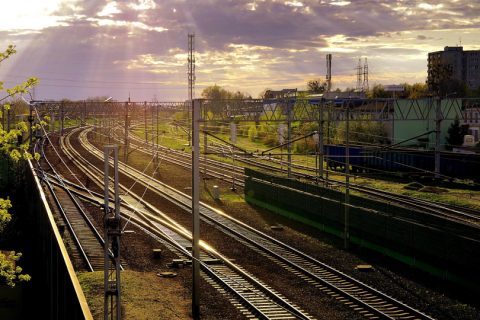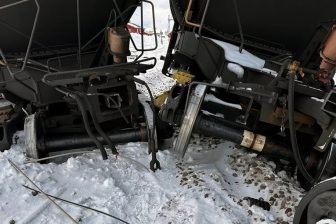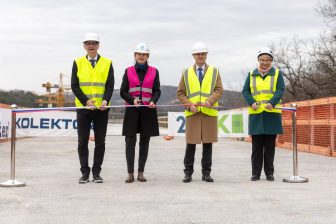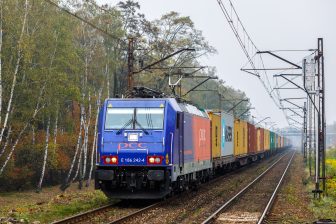
Door wide open for alternative fuels on rail with this new EU regulation
The Alternative Fuels Infrastructure Regulation (AFIR) now includes rail under its scope, a key missing element not foreseen in the European Commission’s proposal. This will encourage EU Member States to consider the roll-out of alternative fuels infrastructure on the rail network and thus, further contribute to the achievement of the EU Green Deal objectives.
As of today, 80 per cent of train-kilometres run on electric energy, a growing portion of which comes from renewable sources, even though only 54 per cent of the European rail network is currently electrified.
Considering the relatively longer life cycle of the rail system – for example, several decades for rail rolling stock, decarbonisation measures complementary to electrification would be helpful. These would support the deployment of alternative fuels infrastructures for rail and would be aligned with the 2050 EU goal of climate neutrality, commented the European Rail Supply Industry (UNIFE) and the Community of European Railway and Infrastructure Companies (CER).
Long-held wish
Indeed, the European railway industry has been working for several years to develop and place on the market solutions based on alternative fuels, including battery-powered trains and hydrogen applications, to gradually phase out diesel trains. The ongoing deployment of those alternative fuels solutions in the rail sector is already a reality in several European countries and is set to grow even further in the coming years.
Against this background, the European rail supply industry, operators and infrastructure managers have welcomed the remarkable efforts made by the EU to enable the European rail sector to proceed on a path towards full decarbonisation, and to lead the mobility green transition in the coming years. In this sense, AFIR marks an opportunity to establish the basis for a progressive deployment of alternative fuels infrastructures for rail, particularly for those lines which cannot be electrified, the CER and UNIFE said in a joint statement.
Main gains
In particular, the inclusion of rail under the scope of AFIR results in several relevant rail related provisions, the Brussel-based organisations explain. First, Member States may now assess the development of alternative fuel technologies and propulsion systems for rail sections that cannot be fully electrified for technical or cost-efficiency reasons, such as hydrogen or battery-electric train and, if relevant, any refuelling and recharging infrastructure needs.
Member States will also have to provide an overview by 2025, within their National Policy Frameworks, of the state of play, perspectives, and planned initiatives for deployment of infrastructure including targets, key milestones and financing needed for hydrogen or battery electric trains on network segments that cannot be electrified.
National task
Equally important is that the European Commission will be able to issue recommendations on the National Policy Frameworks regarding the level of ambition of targets and objectives and the policy measures related to them.
AFIR therefore sets an appropriate regulatory framework to sustain the investments made by railway suppliers, operators and infrastructure managers alike in innovative alternatives to diesel, facilitating European technology leadership in this domain, UNIFE and CER argue.
“European railway and infrastructure companies look forward to national plans to deploy alternative fuels to rail. In the short-run, however, rail’s operating costs and in particular electricity costs need to be carefully assessed, and in today’s situation support measures are needed to make sure that rail’s intermodal competitiveness is not hampered and that a shift to diesel traction is avoided”, CER Executive-Director Alberto Mazzola commented.





